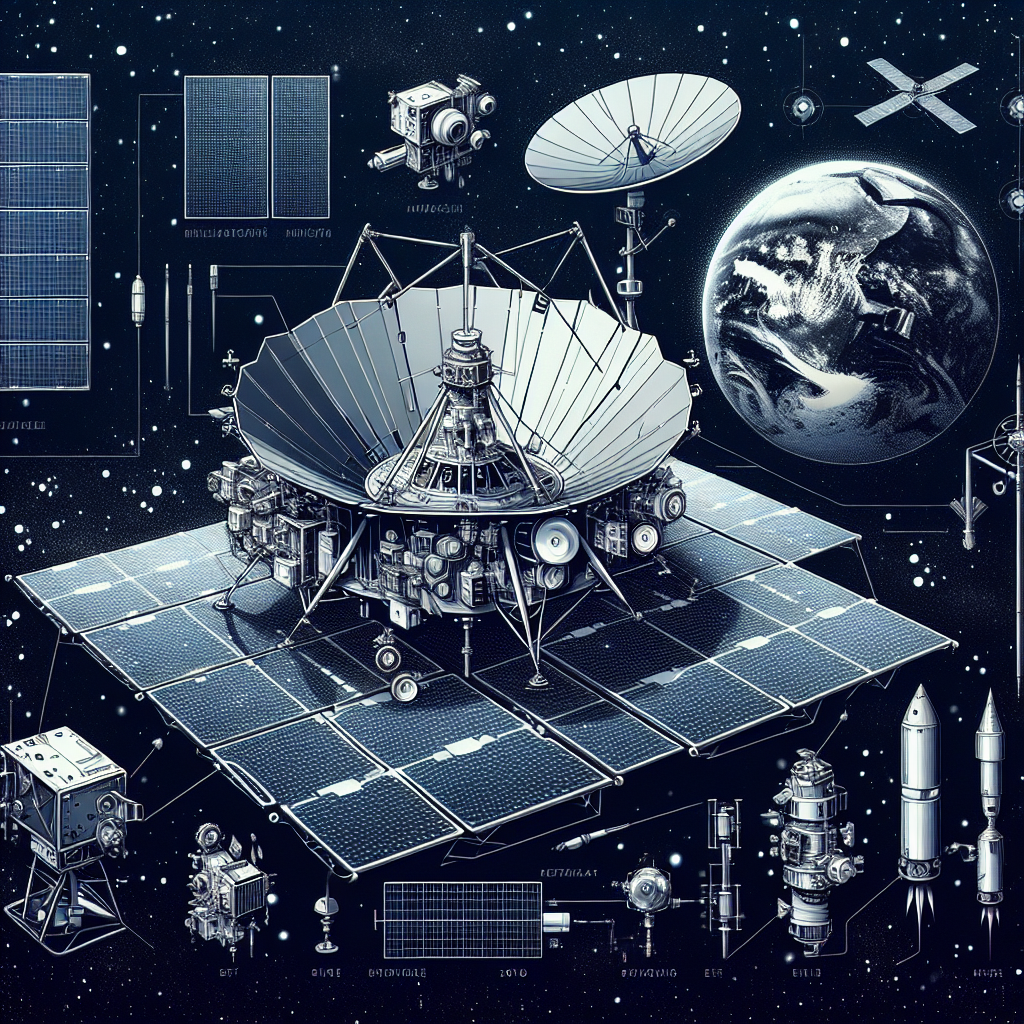NISAR Mission: Pioneering Global Earth Observation
The NISAR mission, a collaboration between ISRO and NASA, marks a major step in Indian space engineering for global Earth observation. Set for launch on July 30, it will collect extensive global data. The initiative exemplifies strategic international cooperation and promises extensive operational insights worldwide.

- Country:
- India
The NISAR mission, a collaborative venture between ISRO and NASA, is poised to demonstrate the prowess of Indian space engineering in Earth observation on a worldwide scale. According to Radha Krishna Kavuluru, former Ground Segment Engineer and Ex-Project Manager of NISAR, the mission's data will be globally accessible.
ISRO plans to launch the NISAR satellite aboard the GSLV-Mk II rocket from Sriharikota, Andhra Pradesh, on July 30, marking a new milestone in their partnership with NASA for Earth observation satellites. This mission, the first GSLV launch targeting a Sun-Synchronous Polar Orbit, stands as a testament to the technical exchange between both agencies.
NISAR's Synthetic Aperture Radar, utilizing L-Band from NASA and S-Band from ISRO, will enable comprehensive data collection. This satellite aims to cover the entire Earth every 12 days, contributing to significant global applications across governments and commercial sectors, showcasing the influence of Indian space engineering.
(With inputs from agencies.)










